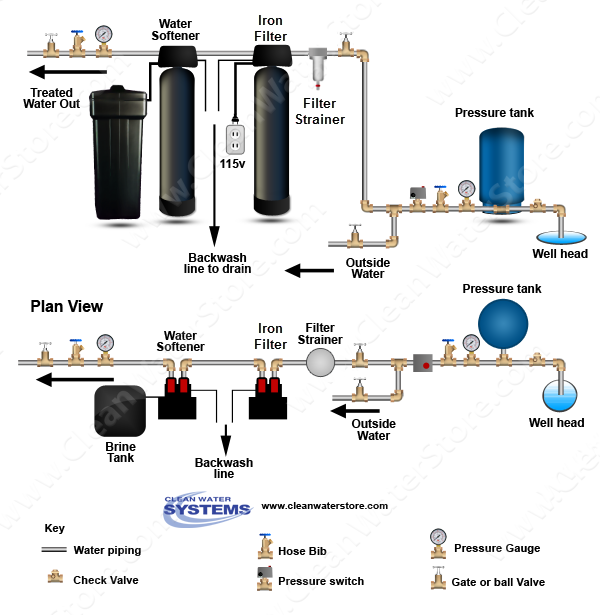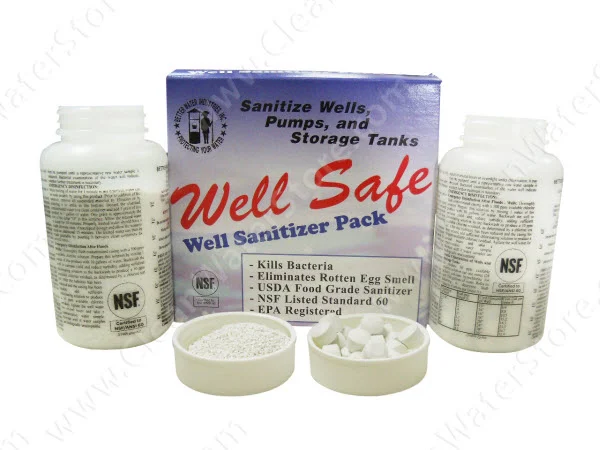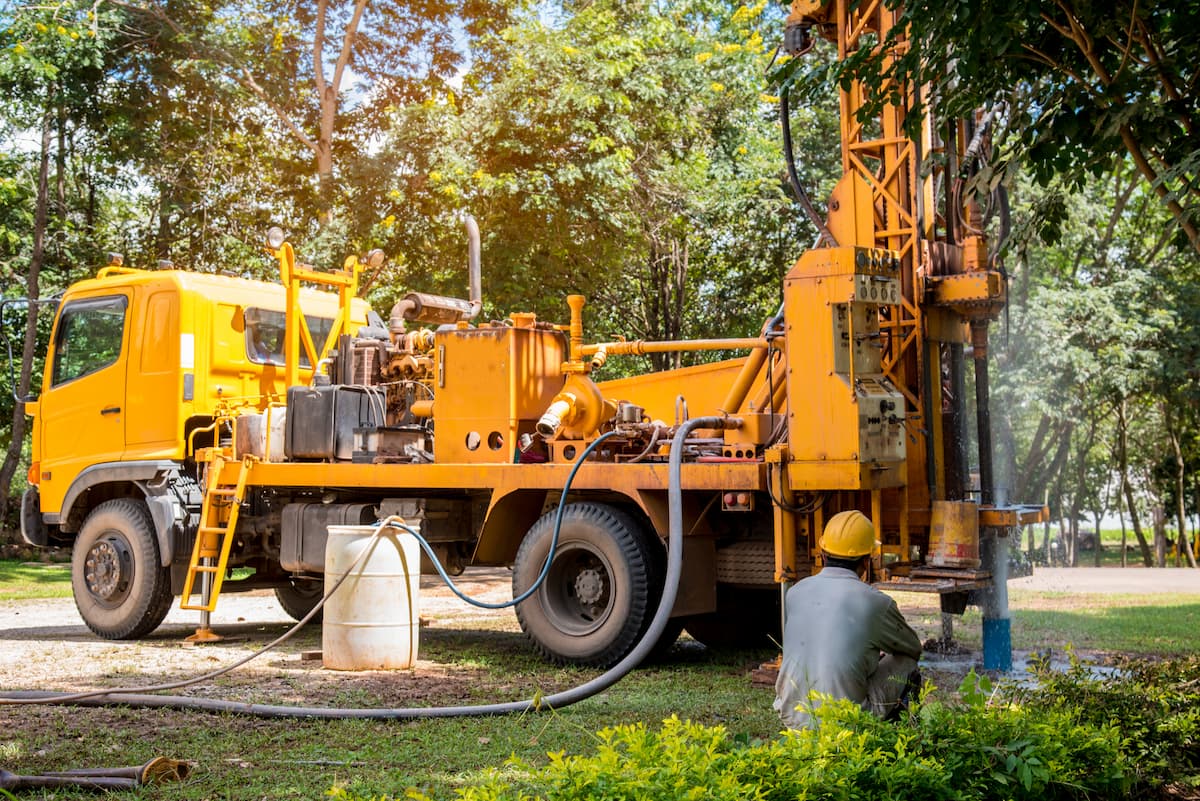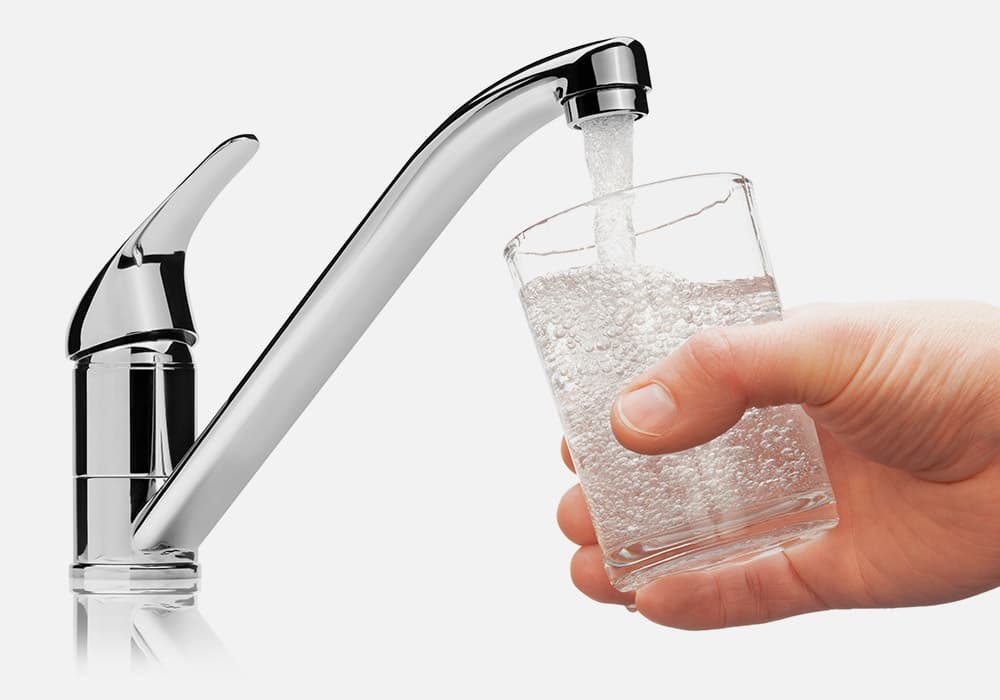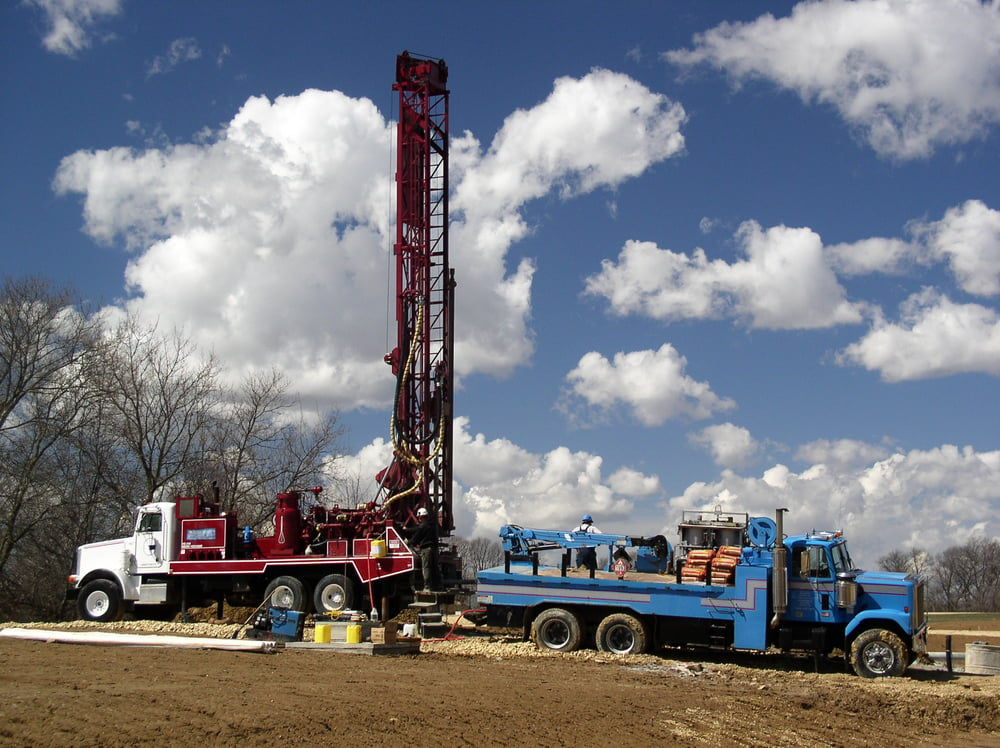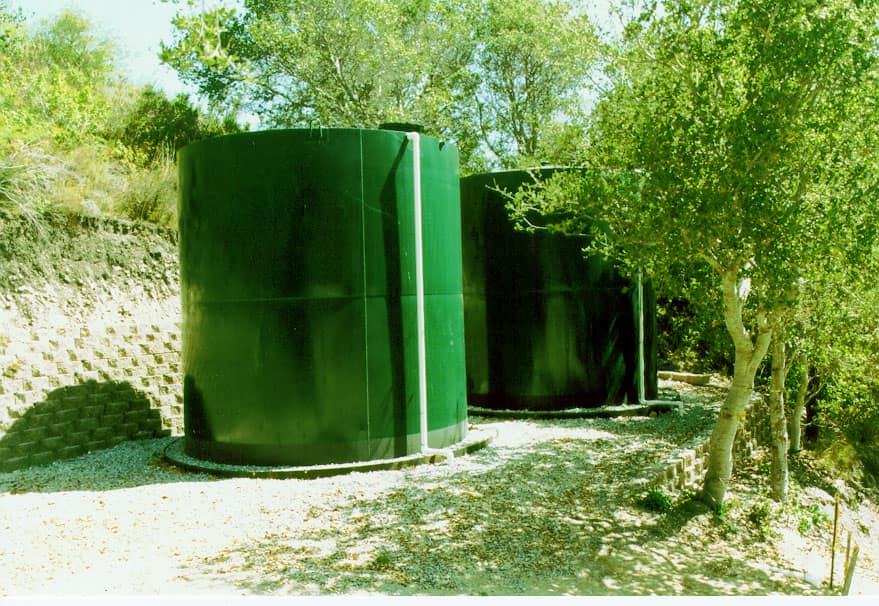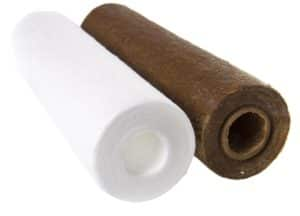Should the Iron Filter be placed before or after Pressure Tank?
Re Proper placement of iron filter
In a water treatment system, the order of the individual systems often is very important to maximize the effectiveness of the whole system's well water treatment. At Clean Water Systems, our Water Specialists receive a lot of questions regarding advice on this issue.
For example, a system installed to treat iron-rich water that is high in hardness, should be set up according to the schematic diagram below:
The iron filter needs to be installed after the pressure tank. If it is installed before the pressure tank, it will not be able to backwash automatically. The filter needs varying amounts of flow and pressure. If installed before the pressure tank, the well pump would not automatically turn on, since the pressure switch is located on the pressure tank side of the check valve.
Additionally if installed before the pressure tank, there is a chance the water would flow backwards from the pressure and enter the iron filter control valve through the outlet pipe.
Fortunately captive-air pressure tanks fill and empty through the bottom, so little or no iron sludge will collect in the pressure tank. Installation after the pressure tank gives the best result and will insure the system works properly.
Here is a cartoon showing how the in-house system setup looks in relation to the well. The blue tank in the upper left is the pressure tank. k
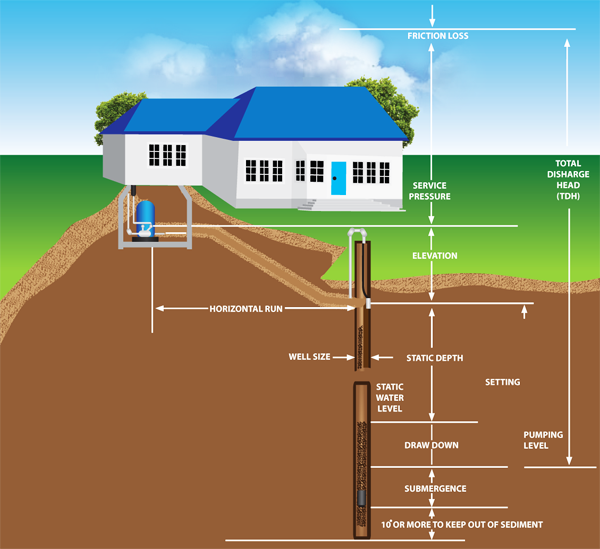
If you have any questions or need assistance, please don't hesitate to email us at [email protected] or call us.

